SAPPHIRE Radeon HD 6970 Review Index
- 1 – Meet with SAPPHIRE’s Radeon HD 6970
- 2 – SAPPHIRE Radeon HD 6970 Features
- 3 – SAPPHIRE Radeon HD 6970 OpenGL performances
- 4 – SAPPHIRE Radeon HD 6970 Direct3D performances
- 5 – SAPPHIRE Radeon HD 6970 Gaming performances
- 6 – SAPPHIRE Radeon HD 6970 DirectCompute performances
- 7 – SAPPHIRE Radeon HD 6970 Power consumption and overclocking
- 8 – SAPPHIRE Radeon HD 6970: Conclusion and Misc Links
5 – SAPPHIRE Radeon HD 6970 Game Performances
This review adds a new part: gaming performance. Synthetic benchmark are cool (from a developer point of view) but many readers are not developers and then wish to see benchmarks based on real video games. I mainly used benchmarks included in game demos and then, dear readers, if you know other game demos that include a benchmark, just let me know.
5.1 Crysis (DirectX 10)
I used the integrated GPU benchmark (64-bit) option provided with Crysis demo.
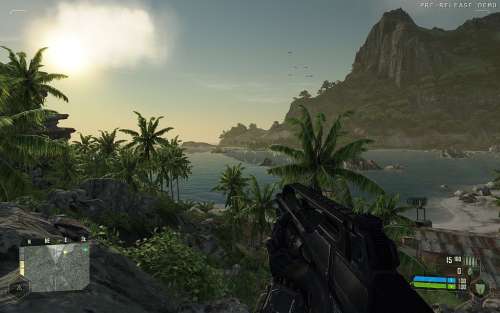
Settings: default.
Results: Average FPS for the TimeDemo Run 0.
| 74.46 FPS – Sapphire HD 6970 |
| 73.60 FPS – Sapphire HD 6870 |
| 73.55 FPS – Radeon HD 5870 |
| 69.37 FPS – EVGA GeForce GTX 580 SC |
| 69.34 FPS – GeForce GTX 480 |
| 65.20 FPS – MSI N460GTX Cyclone |
5.2 DiRT 2 (DirectX 11)
I used the benchmarking option provided with DiRT2 demo.
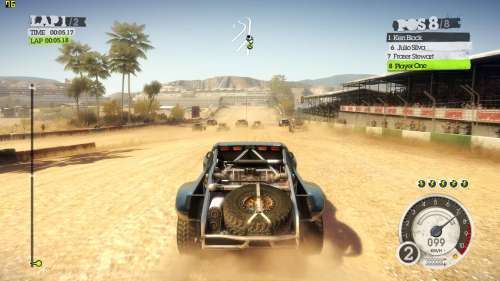
Settings: 1920×1080, 4X MSAA.
| 151.4 FPS – EVGA GeForce GTX 580 SC |
| 121.6 FPS – GeForce GTX 480 |
| 94.26 FPS – Sapphire HD 6970 |
| 88.74 FPS – MSI N460GTX Cyclone |
| 88.14 FPS – Radeon HD 5870 |
| 85.54 FPS – Sapphire HD 6870 |
5.3 Resident Evil 5 (DirectX 10)
I used the benchmarking option (DX10 version) provided with Resident Evil 5 demo.
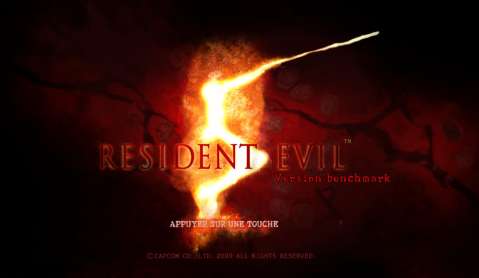
Settings: 1920×1080. 4XMSAA
| 118.0 FPS – EVGA GeForce GTX 580 SC |
| 116.6 FPS – GeForce GTX 480 |
| 115.6 FPS – Sapphire HD 6970 |
| 104.5 FPS – Radeon HD 5870 |
| 99.9 FPS – Sapphire HD 6870 |
| 86.4 FPS – MSI N460GTX Cyclone |
5.4 Aliens vs Predator (AvP) Benchmark (DirectX 11)
Aliens vs Predator or AvP is a Direct3D 11 benchmark with a touch of tessellation. See here for more details:
AvP DX11 Tessellation Battle: GTX 480 vs GTX 470 vs HD 5870 vs HD 5770.
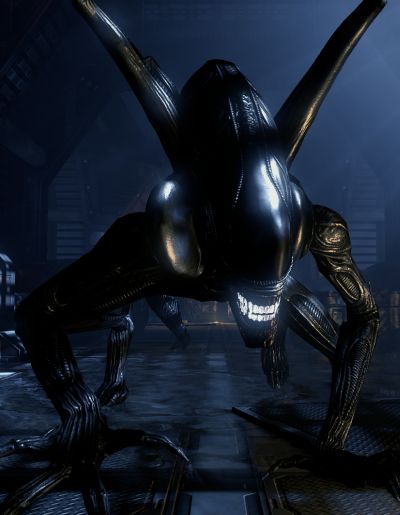
Settings: Resolution: 1920 x 1080, Texture Quality: 2, Shadow Quality: 3, Anisotropic Filtering: 16, SSAO: ON, Vertical Sync: OFF
DX11 Tessellation: ON, DX11 Advanced Shadows: ON, DX11 MSAA Samples: 1.
| 71.6 FPS – EVGA GeForce GTX 580 SC |
| 64.3 FPS – Sapphire HD 6970 |
| 58.3 FPS – GeForce GTX 480 |
| 58.2 FPS – Radeon HD 5870 |
| 47.4 FPS – Sapphire HD 6870 |
| 37 FPS – MSI N460GTX Cyclone |
5.5 Lost Planet 2 (DirectX 11)
Lost Planet 2 has been used for the test.
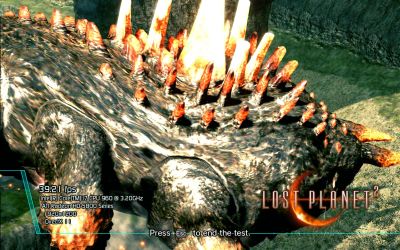
Settings: 1920×1080 fullscreen, test A.
| 79.9 FPS – ASUS ENGTX580 |
| 75.7 FPS – EVGA GeForce GTX 580 SC |
| 60.2 FPS – EVGA GeForce GTX 480 |
| 48.8 FPS – MSI GeForce GTX 470 |
| 47.8 FPS – Sapphire Radeon HD 6970 |
| 42.3 FPS – Sapphire Radeon HD 6870 |
| 39 FPS – ASUS EAH6870 |
| 38 FPS – MSI N460GTX Cyclone 768D5 OC |
| 37.3 FPS – ATI Radeon HD 5870 |
| 23 FPS – MSI R5770 Hawk |
5.6 Tom Clancy’s H.A.W.X. 2 (DirectX 11)
HAWX2 is a Direct3D 11 benchmark, promoted by NVIDIA, with tessellation.
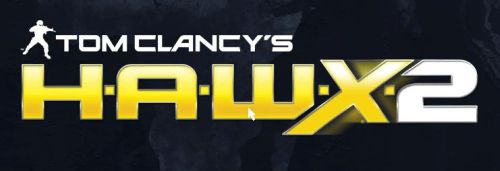
Settings: 1920×1080, tessellation ON, AA: 4X
| Avg FPS: 185 – EVGA GTX 580 SC |
| Avg FPS: 185 – ASUS ENGTX580 |
| Avg FPS: 181 – EVGA GTX 480 |
| Avg FPS: 137 – Sapphire Radeon HD 6970 |
| Avg FPS: 137 – ASUS EAH6870 |
| Avg FPS: 136 – ATI Radeon HD 5870 |
| Avg FPS: 132 – Sapphire Radeon HD 6870 |
| Avg FPS: 108 – MSI N460GTX Cyclone 768D5 OC |
| Avg FPS: 98 – MSI R5770 Hawk |
SAPPHIRE Radeon HD 6970 Review Index
- 1 – Meet with SAPPHIRE’s Radeon HD 6970
- 2 – SAPPHIRE Radeon HD 6970 Features
- 3 – SAPPHIRE Radeon HD 6970 OpenGL performances
- 4 – SAPPHIRE Radeon HD 6970 Direct3D performances
- 5 – SAPPHIRE Radeon HD 6970 Gaming performances
- 6 – SAPPHIRE Radeon HD 6970 DirectCompute performances
- 7 – SAPPHIRE Radeon HD 6970 Power consumption and overclocking
- 8 – SAPPHIRE Radeon HD 6970: Conclusion and Misc Links
According to PCGH Cat10.12a hotfix boosts D3D tessellation, OpenGL tessellation tweaking is scheduled for Q1/2011
http://www.pcgameshardware.de/aid,804732/Neuer-HD-6900-Treiber-steigert-Tessellationsleistung-um-bis-zu-75-Prozent/Grafikkarte/News/
Great news for the upcoming OpenGL tessellation optimizations. Thanks Stefan!
Pingback: [Tested] Radeon HD 6970 PowerTune Technology - 3D Tech News, Pixel Hacking, Data Visualization and 3D Programming - Geeks3D.com
I noticed that Cayman has one more OpenCL extension than Barts or Cedar – cl_amd_fp64 i assume?
I don’t know. I’ll tell you when I re-plug the HD 6970 on my testbed.
Pingback: [Tested] AMD Catalyst 11.1a: OpenGL Tessellation Support is Slightly… Broken - 3D Tech News, Pixel Hacking, Data Visualization and 3D Programming - Geeks3D.com
Pingback: The True Reason Behind AMD HD 6970/6950 Delay: Each Card is Hand-crafted! - 3D Tech News, Pixel Hacking, Data Visualization and 3D Programming - Geeks3D.com
Pingback: [Tested] Catalyst 11.1a Hotfix (Jan26): Gains up to 18% in OpenGL Tessellation (TessMark) - 3D Tech News, Pixel Hacking, Data Visualization and 3D Programming - Geeks3D.com
Will my PSU be able to power this card?
I have a S-ATA Netzteil ATX Power supply MS N55-VAL
I it good enough to power this card?